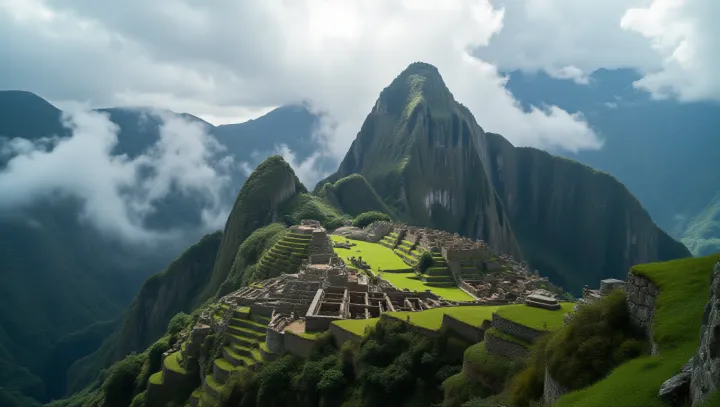Machu Picchu's Mysteries Unveiled

Machu Picchu, the majestic Inca citadel nestled high in the Andes of Peru, continues to captivate the world with its architectural genius and historical significance. Recent archeological studies have uncovered new insights into the site's purpose and construction techniques, further solidifying its importance as a marvel of ancient engineering. Recent findings suggest that Machu Picchu served not only as a royal estate but also as a religious and ceremonial center.
This revelation comes from extensive research conducted by a team of international archeologists, who have meticulously analyzed the stone structures and their alignment with astronomical events. Located near the city of Cusco, a former capital of the Inca Empire, Machu Picchu attracts millions of visitors each year. The newly uncovered secrets about its design and function are expected to enhance tourism and scholarly interest in this UNESCO World Heritage site.
Dr. Maria Santos, a leading archeologist involved in the research, states, 'Understanding the multifaceted role of Machu Picchu in Inca society provides us with a richer cultural context and appreciation for their profound knowledge of architecture and astronomy.' These discoveries are not only pivotal for historians and archeologists but also for the global community, as they offer a deeper connection to our shared human heritage. As we peel back the layers of history, Machu Picchu remains a vibrant symbol of the ingenuity and mystery of the Inca civilization.
